Have you tried to lose weight in the past and failed?
You are not alone!
I have been a personal trainer in San Jose for over 30 years now. By the time someone reaches out to me and my team at our personal training studio, they’re often desperate and tired of having so many failed attempts at weight loss.
Honestly, the physiology of weight loss is rather simple, but the process of putting the pieces of the puzzle together to make it happen and sustainable over time can be quite difficult for many of us.
A common theme I’ve seen that leads to failure in weight loss is trying to do too much too soon, and/or doing things that are unsustainable over the long term.
As I look back over 3+ decades of coaching people, I’ve come up with a list of 5 things I’ve seen work really well for people when they decide that losing some weight is something they need to do.
They are super simple.
They are not drastic.
They are things that you can work into gradually over time — so you just try to do a little better with them each week.
If you’re struggling with weight loss, perhaps some of these tips will help you!
Here we go……..
1) Log your food intake

If you don’t know what you’re eating, you don’t know what needs to be changed! Do you need more protein? Less fat? Or perhaps you’re low on fiber? Yes, it’s tedious to do, but you don’t have to do it forever. Simply log for about 5 days in an online food journal like www.myfitnesspal.com in order to see not only the average calories you eat in a day, but also how those calories break down as far as your protein, fat, and carbohydrate intake. And — don’t forget to see how much added sugar you’re eating ;-). This, right here, can be a game changer for many people and a great starting point for making healthy changes.
2) Pay attention to the calories you drink

Liquid calories don’t fill us up like solid food calories do. Liquid calories are often the “forgotten” calories as well in that we don’t really add them into our mental notes on what we eat on a particular day. However, those forgotten calories may end up on your waistline! Journaling your food will help you see where and when you’re getting liquid calories. Are they adding too much to your daily intake? Are they adding a bunch of sugar to your diet? We’ve seen clients drop several pounds in a month simply by taking soda and juice out of their diet!
3) Increase your vegetable intake

4) Limit take-out and restaurant meals
5) Don’t Diet!
These tips, practiced over time, can yield great weight loss results!
Committed to your success,
Coach Becky

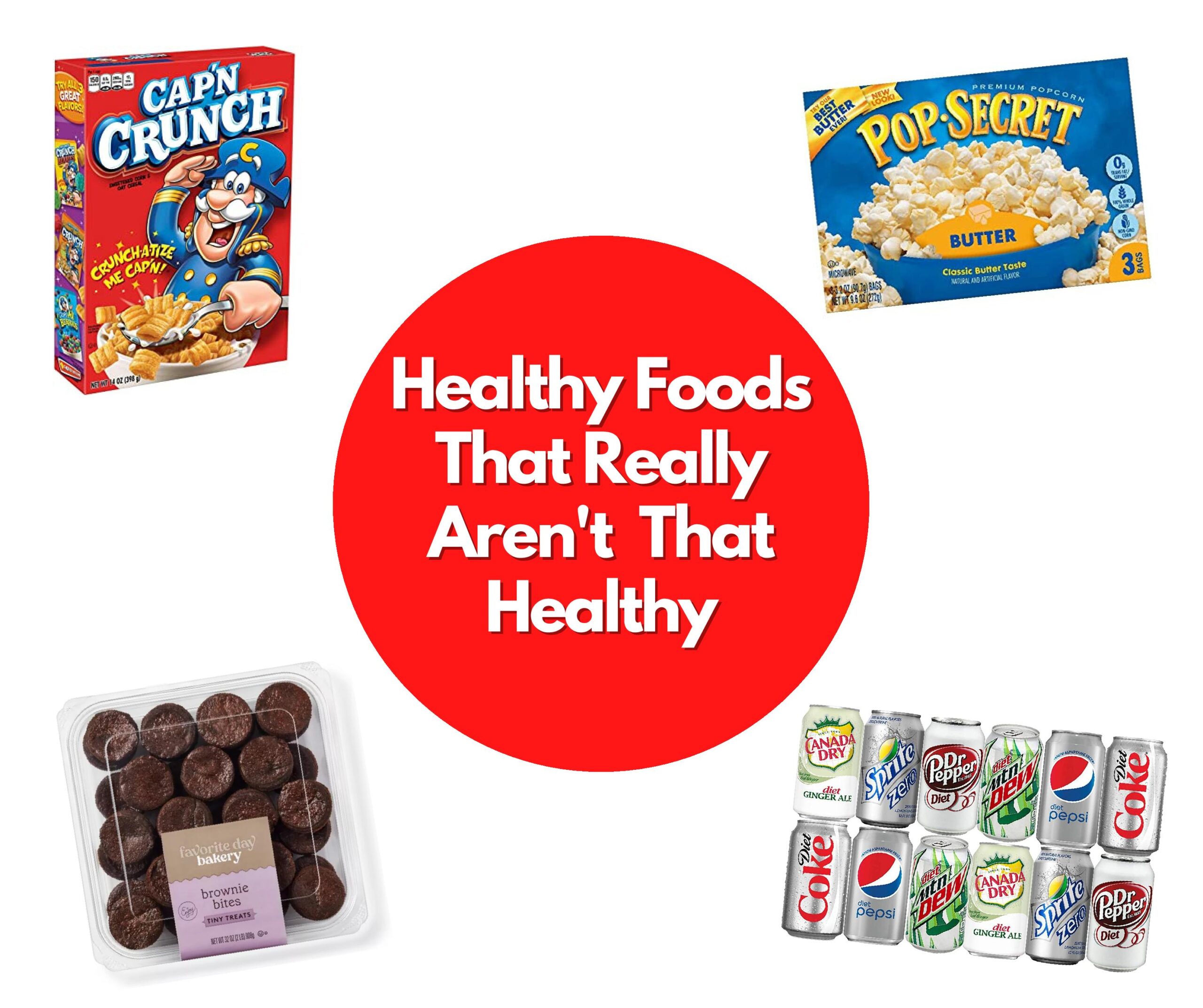
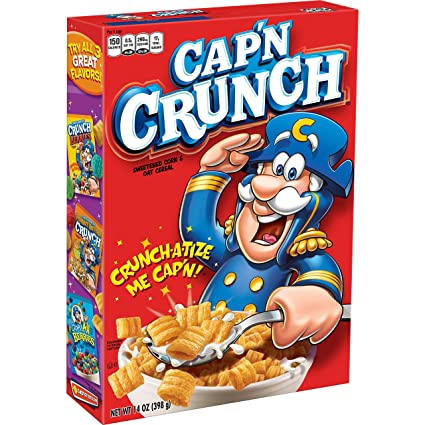
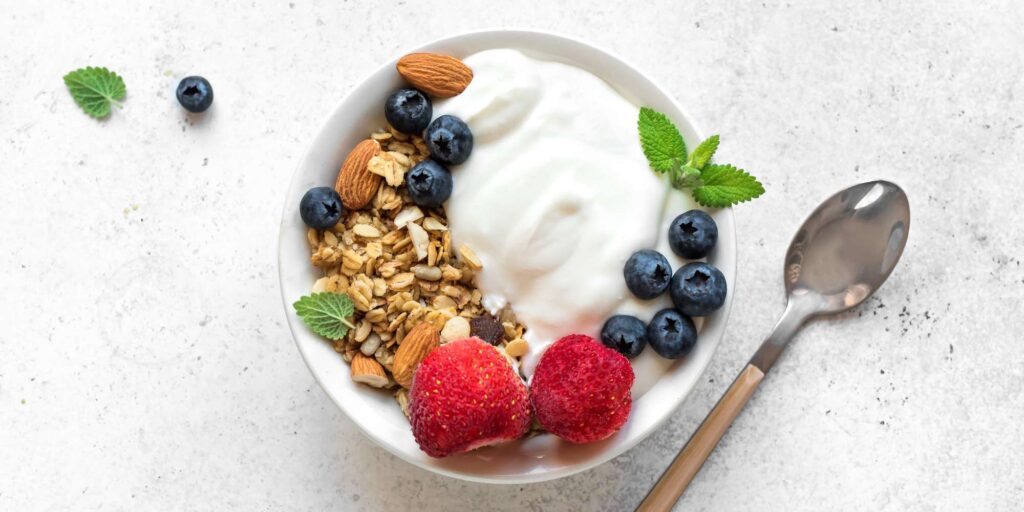
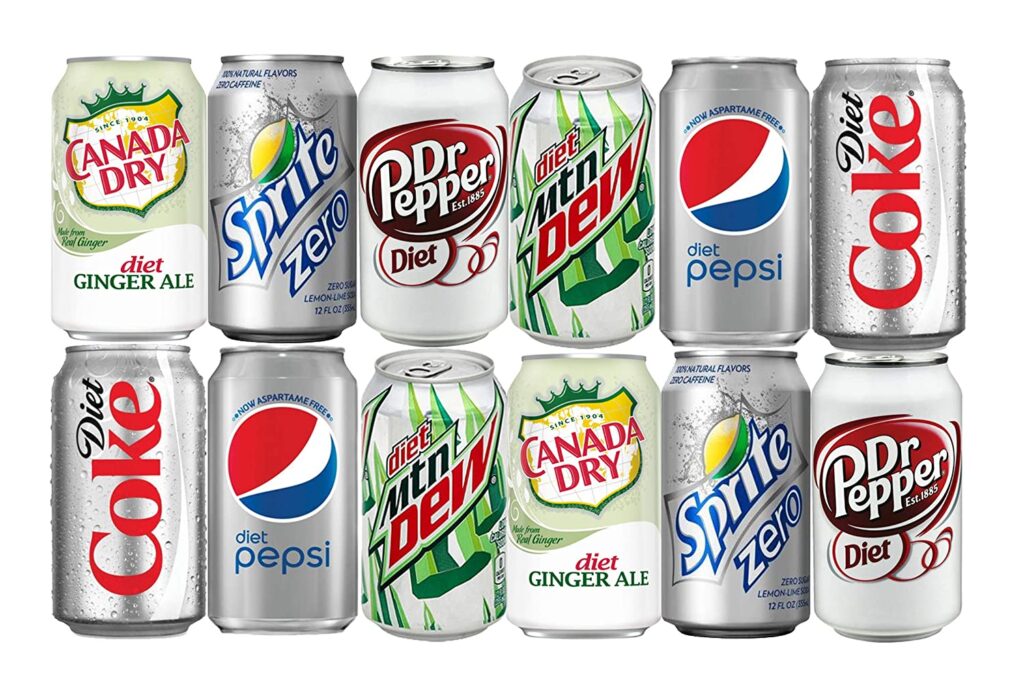
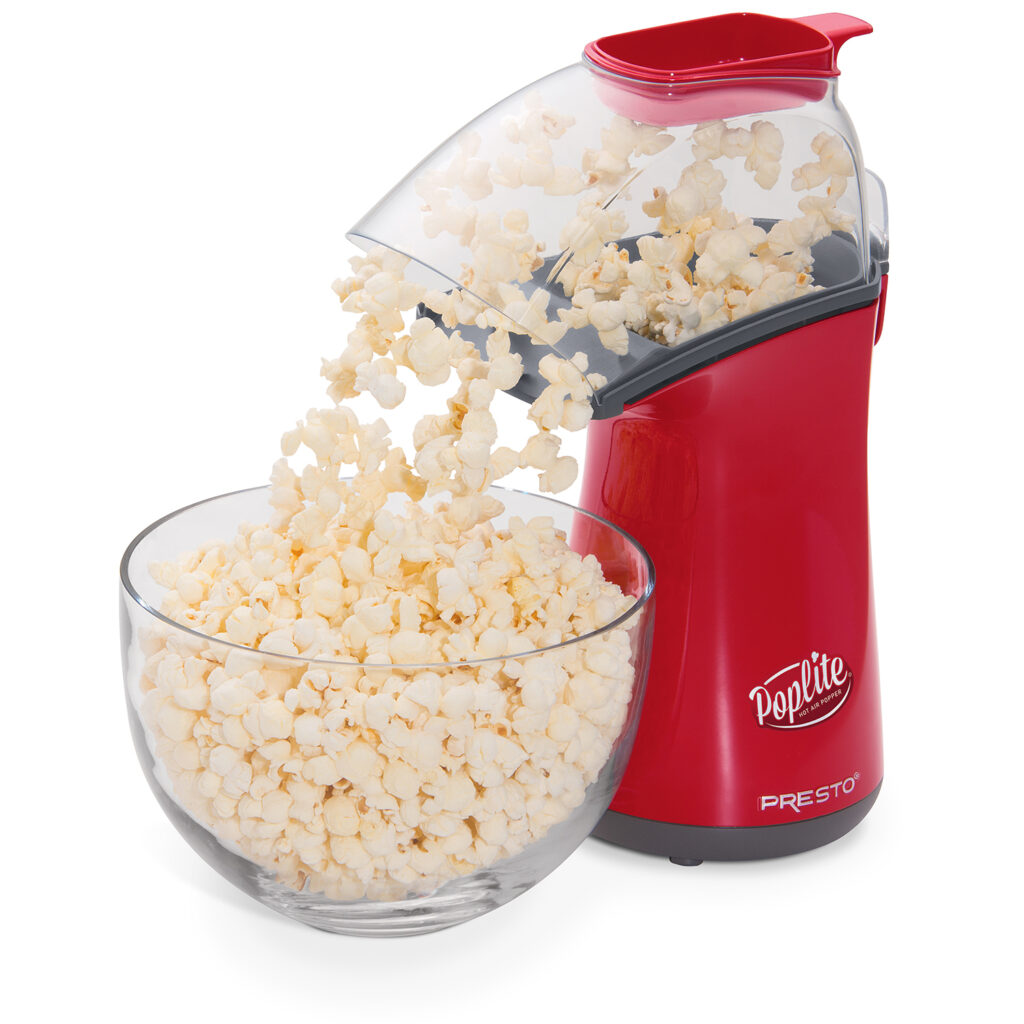
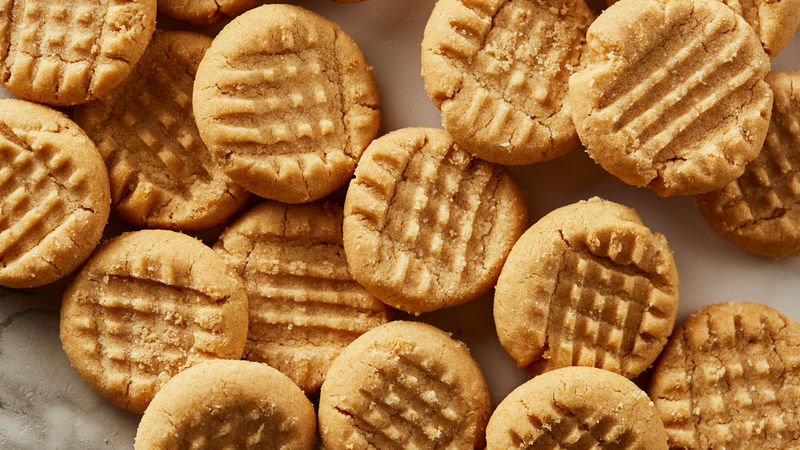
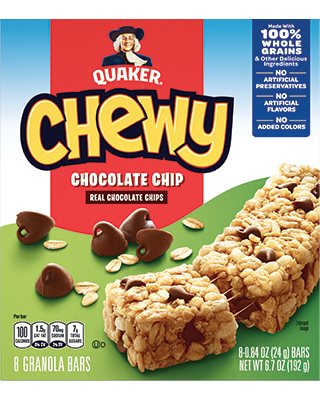
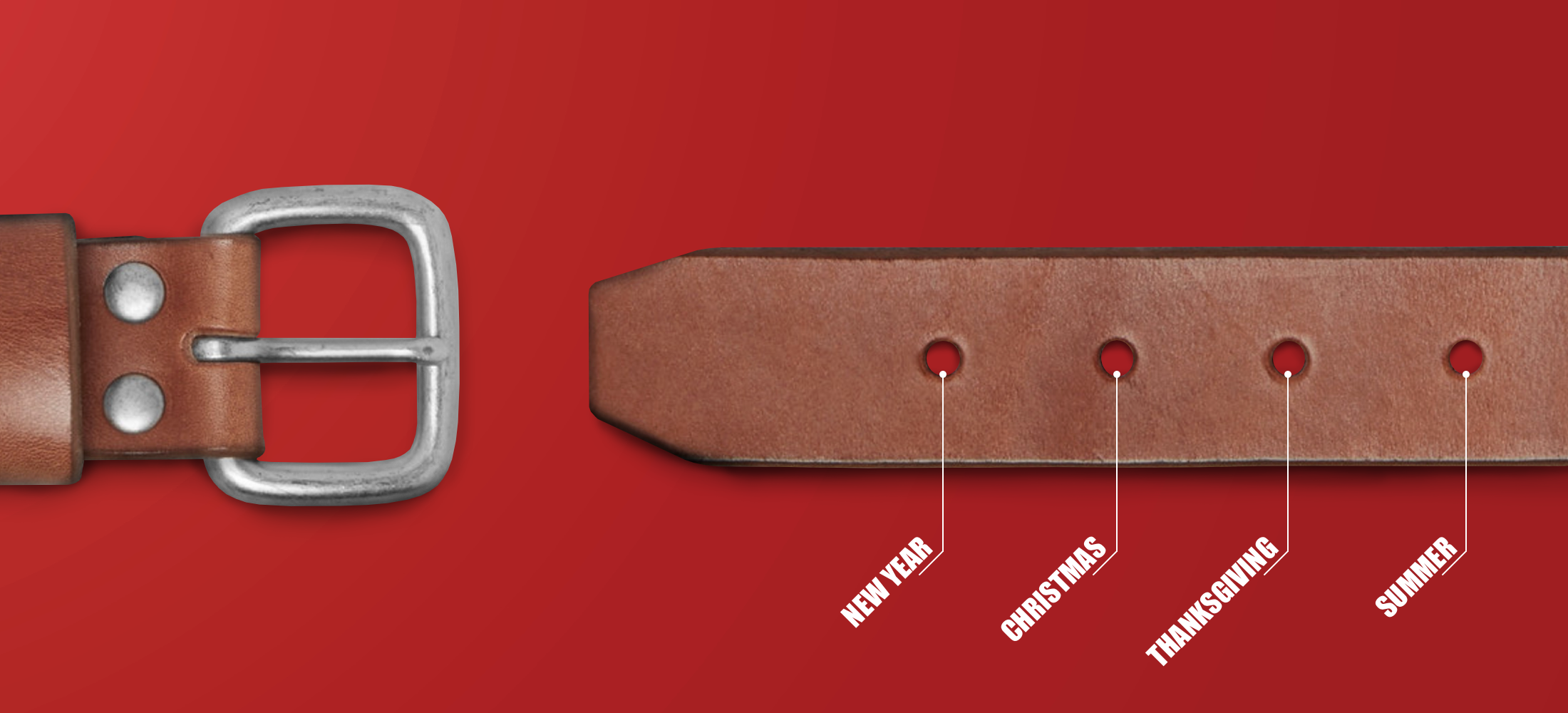
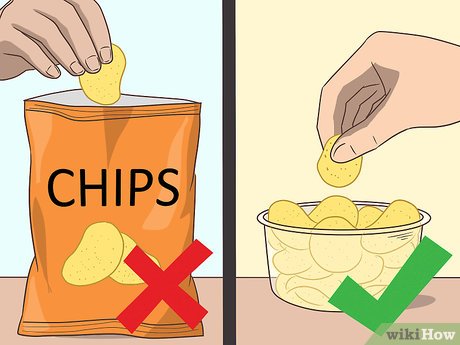
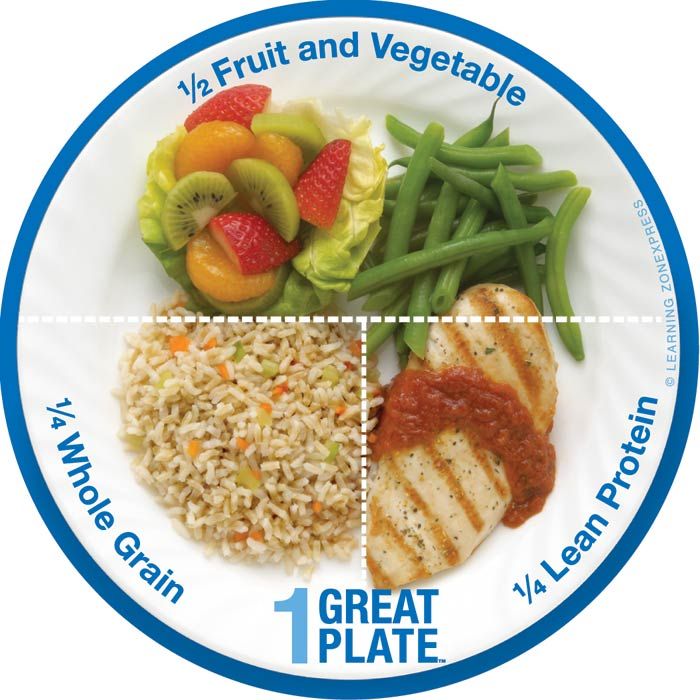






 The importance of eating a balanced diet and getting regular exercise have been promoted to the general public for some time now. Consumers seem to be getting the message and are hitting the gym in record numbers. But the health benefits of daily exercise may be hampered by the fact that most consumers’ balanced diets don’t actually include very much real food.
The importance of eating a balanced diet and getting regular exercise have been promoted to the general public for some time now. Consumers seem to be getting the message and are hitting the gym in record numbers. But the health benefits of daily exercise may be hampered by the fact that most consumers’ balanced diets don’t actually include very much real food. We hear it all the time. Everyone should eat more fruits and vegetables. In fact, the Center for Disease Control suggests that eating a sufficient amount of fruits and vegetables could lower the risk of certain diseases. So why is it that we often reach for a sugary snack or other high-calorie foods when we’re in a hurry and hunger strikes?
We hear it all the time. Everyone should eat more fruits and vegetables. In fact, the Center for Disease Control suggests that eating a sufficient amount of fruits and vegetables could lower the risk of certain diseases. So why is it that we often reach for a sugary snack or other high-calorie foods when we’re in a hurry and hunger strikes?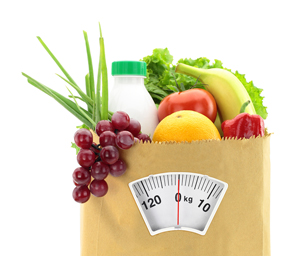 There is no question that being able to watch your diet is going to be extremely helpful for your overall health. When you learn to estimate the serving sizes you get with each meal, you will have more control of your diet and you will be able to maintain an ideal weight. We are now going to give you some easy methods to estimate your serving sizes and this is going to prove to be very useful for your life in general. Remember that you need to consult with a nutritionist before you make any changes to your diet.
There is no question that being able to watch your diet is going to be extremely helpful for your overall health. When you learn to estimate the serving sizes you get with each meal, you will have more control of your diet and you will be able to maintain an ideal weight. We are now going to give you some easy methods to estimate your serving sizes and this is going to prove to be very useful for your life in general. Remember that you need to consult with a nutritionist before you make any changes to your diet.  When it comes to being healthy, we all think about exercise. It helps in reducing weight loss, maintenance and prevents many diseases as well as increases the metabolism.
When it comes to being healthy, we all think about exercise. It helps in reducing weight loss, maintenance and prevents many diseases as well as increases the metabolism. 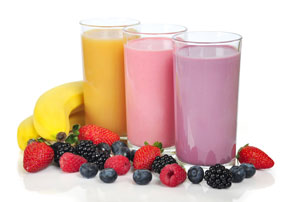 Stress is inevitable. Unfortunately we face stressful situations on a daily basis. It can be brought about by a variety of scenarios such as work, relationship issues, the death of a loved one, loss of a job and many others. Some of these factors may be unavoidable however, there are foods that can easily help restrain the consequences of high stress levels.
Stress is inevitable. Unfortunately we face stressful situations on a daily basis. It can be brought about by a variety of scenarios such as work, relationship issues, the death of a loved one, loss of a job and many others. Some of these factors may be unavoidable however, there are foods that can easily help restrain the consequences of high stress levels.